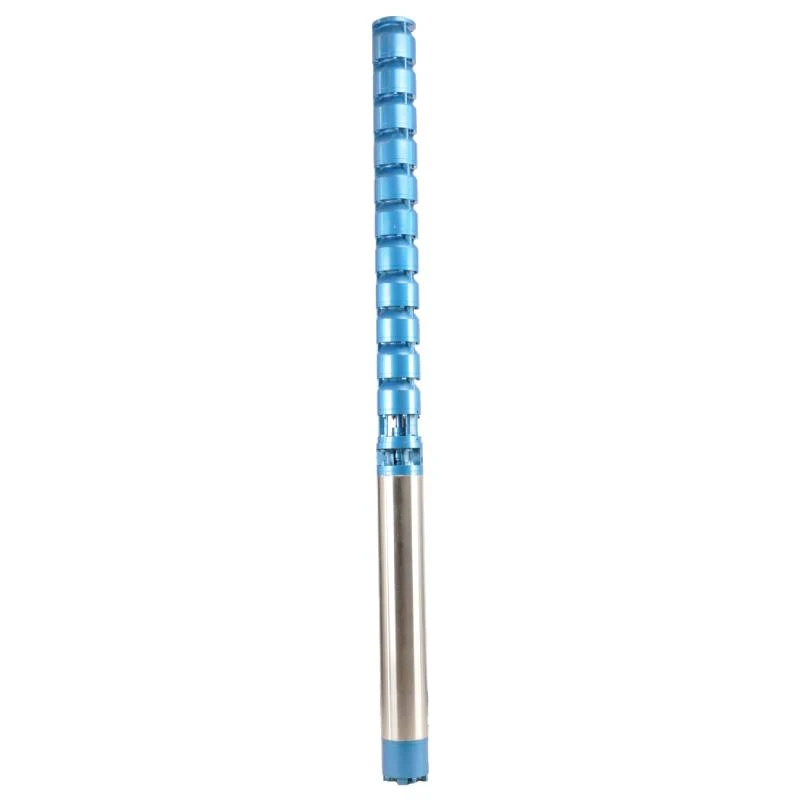Dec . 04, 2024 22:37 Back to list
Understanding the Function and Types of Submersible Pumps in Different Applications
Understanding Submersible Pumps An Overview
Submersible pumps are a crucial component in various industries and applications, offering an efficient solution for moving liquid from one place to another, particularly when the source of the liquid is located below the surface. These pumps are designed to be submerged in the fluid they are pumping, and they work by converting electrical energy into hydraulic energy, allowing them to move fluids effectively and efficiently.
How Submersible Pumps Work
The operation of a submersible pump is relatively straightforward. It consists of a sealed motor and a pump body. When the pump is submerged, water pressure aids in pushing fluid into the pump, where it is then forced upwards through the outlet pipe. The motor operates a series of impellers that create rapid pressure changes, propelling the liquid through the system. Unlike traditional pumps that operate above the fluid level, submersible pumps work underwater, eliminating the need for a priming mechanism and allowing for greater efficiency in many applications.
Types of Submersible Pumps
Submersible pumps come in various types, each designed for specific applications
1. Sewage Submersible Pumps These pumps are designed to move wastewater and sewage, often equipped with additional features like cutting blades to handle solid waste. 2. Borehole Submersible Pumps Ideal for drawing water from deep wells, these pumps are typically used in agricultural and municipal settings to supply drinking water or irrigate crops. 3. Utility Submersible Pumps Commonly used in residential settings, these pumps handle various tasks such as draining flooded basements, emptying pools, or providing water in temporary needs. 4. Chemical Submersible Pumps Designed to handle corrosive substances, these pumps are built with specialized materials to ensure longevity and reliability.
Advantages of Submersible Pumps
what is submersible pump

Submersible pumps offer several benefits over conventional pumping systems
- Efficiency Since these pumps operate submerged in the fluid, they do not need to work against gravity, making them far more efficient in various applications. - Lower Noise Levels Being underwater minimizes noise disturbance, making them ideal for residential areas or sensitive environments. - Reduced Risk of Cavitation Submersible pumps experience less cavitation, which can damage other pumps. This results in a longer lifespan and reduced maintenance costs. - Space-Saving Design Submersible pumps often require less surface space, allowing for more flexible installation options.
Applications of Submersible Pumps
The versatility of submersible pumps makes them suitable for numerous applications across various industries
- Municipal Water Supply They are essential in municipal water systems, providing a reliable source of drinking water. - Agriculture Farmers utilize these pumps for irrigation, helping ensure crops receive adequate hydration. - Construction These pumps are critical in dewatering construction sites, preventing water accumulation that could hinder work. - Mining They are often employed to pump out water from mine shafts, ensuring safe working conditions.
Conclusion
In summary, submersible pumps are integral to a wide range of applications, offering reliability and efficiency in fluid transport. Their innovative design and operational capabilities make them a preferred choice across various sectors. As technology advances, submersible pumps continue to evolve, aligning with the increasing demands for energy efficiency and sustainability in fluid management. Understanding their function, types, advantages, and applications can help individuals and businesses make informed decisions when selecting a suitable pump for their needs.
-
Submersible Water Pump: The Efficient 'Power Pioneer' of the Underwater World
NewsJul.01,2025
-
Submersible Pond Pump: The Hidden Guardian of Water Landscape Ecology
NewsJul.01,2025
-
Stainless Well Pump: A Reliable and Durable Pumping Main Force
NewsJul.01,2025
-
Stainless Steel Submersible Pump: An Efficient and Versatile Tool for Underwater Operations
NewsJul.01,2025
-
Deep Well Submersible Pump: An Efficient 'Sucker' of Groundwater Sources
NewsJul.01,2025
-
Deep Water Well Pump: An Efficient 'Sucker' of Groundwater Sources
NewsJul.01,2025
-
 Submersible Water Pump: The Efficient 'Power Pioneer' of the Underwater WorldIn the field of hydraulic equipment, the Submersible Water Pump has become the core equipment for underwater operations and water resource transportation due to its unique design and excellent performance.Detail
Submersible Water Pump: The Efficient 'Power Pioneer' of the Underwater WorldIn the field of hydraulic equipment, the Submersible Water Pump has become the core equipment for underwater operations and water resource transportation due to its unique design and excellent performance.Detail -
 Submersible Pond Pump: The Hidden Guardian of Water Landscape EcologyIn courtyard landscapes, ecological ponds, and even small-scale water conservancy projects, there is a silent yet indispensable equipment - the Submersible Pond Pump.Detail
Submersible Pond Pump: The Hidden Guardian of Water Landscape EcologyIn courtyard landscapes, ecological ponds, and even small-scale water conservancy projects, there is a silent yet indispensable equipment - the Submersible Pond Pump.Detail -
 Stainless Well Pump: A Reliable and Durable Pumping Main ForceIn the field of water resource transportation, Stainless Well Pump has become the core equipment for various pumping scenarios with its excellent performance and reliable quality.Detail
Stainless Well Pump: A Reliable and Durable Pumping Main ForceIn the field of water resource transportation, Stainless Well Pump has become the core equipment for various pumping scenarios with its excellent performance and reliable quality.Detail
